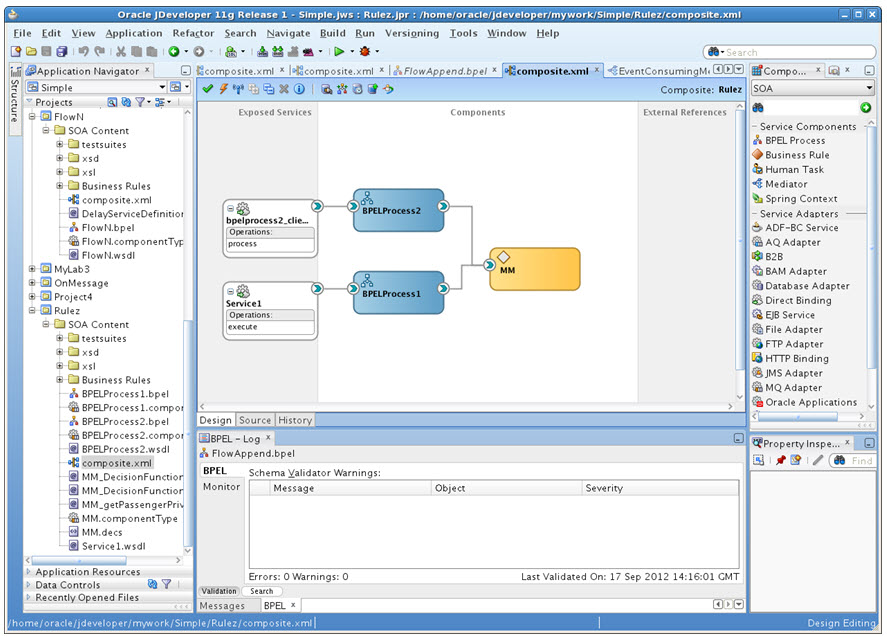SOA Expert Series: OSB Workmanagers and Thread Constraints
We had a webcast by the Oracle A-Team about OSB workmanager and thread constraints recently, with very good overall feedback!
What I liked most was that many questions were answered. You can get the full list here. Everything very valuable and I recommend to read it after looking at the slides.
OSB Domains and Clusters
Let me point out one unfortunate mistake to a rather interesting question: “How do you handle 1000 services in an OSB cluster?”. The answer was to create several OSB clusters in one domain.
With all the respect, yet I believe the answer is not correct. It is not allowed / not possible to have more than one OSB cluster in domain. This is confirmed by the Oracle documentation:
Actually the question IMHO implies much more, e.g. how to deal with a large number of services with different resource requirements, payload sizes, etc.




 UPDATE: A lot has change over the years. I post a lot on medium now (
UPDATE: A lot has change over the years. I post a lot on medium now (

 Oracle WebLogic Server 12c Book
Oracle WebLogic Server 12c Book Oracle Middleware and Cloud Computing Book
Oracle Middleware and Cloud Computing Book